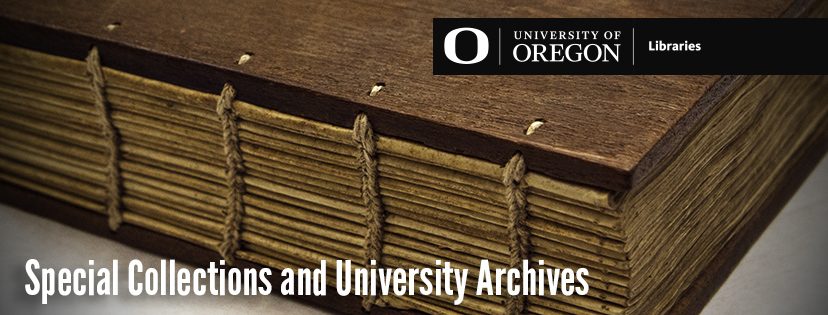New Acquisition: A Sammelband of Four Works by Johann Joachim Becher, 1680
Special Collections and University Arvhives is pleased to announce the acquisition of a collection of works by the German polymath Johann Joachim Becher (1635-1682), including Experimentum Chymicum Novum: Quo Artificialis & Instantanea Metallorum Generatio Et Transmutatio, Nochmaliger Zusatz über die Unter-erdische Naturkündigung, Oedipus Chymicus oder Chymischer Rätseldeuter, and Trifolium.
Historical Background
The German polymath (alchemist, physician, and most original and influential theoretician of Austrian cameralism) Johann Joachim Becher worked as a professor of medicine, a court physician, and an advisor on commercial matters, such as the establishment of factories and trade relations with the Low Countries, for various German courts. He spent his life mainly in Germany, Vienna, and England, where he died.
Becher’s legacy includes his work in cameralism, the science of increasing the efficiency of academic science both in its own right and as a tool of the Kammer (state administration). Thus, cameralists like Becher considered the investigation of nature, agricultural production, manufacturing, social responsibility, and economic production to be closely interconnected. The Swedish botanist and “father of modern taxonomy,” Carl Linnaeus (1707-1778), was a prominent cameralist.
Another notable part of Becher’s legacy was his proposition of the now-superseded phlogiston theory of combustion in Physica subterranea in 1667. This theory suggested that all combustible bodies, contained a fire-like element (which Becher called terra pinguis) within them that remained dormant until the moment of combustion, when it is released. This theory attempted to explain both combustion and rusting, which we now understand as part of the oxidation process. Georg Ernst Stahl, Becher’s student and a professor of medicine, suggested a variant of his old mentor’s theory, renaming combustible substances phlogisticated substances and the process of combustion dephlogistication.
The Text
Becher’s writings spanned many topics, including linguistics (his Character pro notitia linguarum universali offers 10,000 words for a new universal language), theology, plants and animals, and, of course, alchemy. He produced two main strains of works on alchemy in his lifetime: one concerning theoretical writings and natural philosophical treatises, the other practical writings that detailed his experimental method. The Experimentum Chymicum Novum belongs to the second category along with his most influential treatise, the Physica subterranea. First published in 1671, this work details the techniques of Becher’s experiments in the generation and transmutation of metals. This volume was published in 1680 measures approximately 4×7”. Like Becher’s other works, it is written in German with some Latin terminology throughout.
Useful for: researchers interested in the history of alchemy, cameralism, and/or Becher’s particular brand of natural-philosophical investigation.
—Abigail Johnson, Social Media Student Assistant



